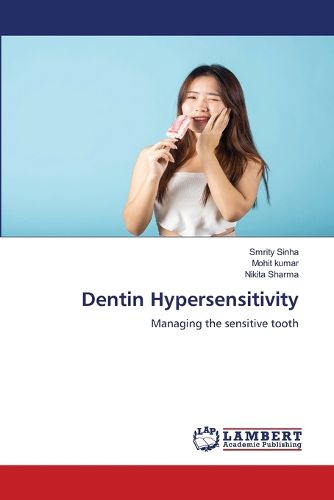Readings Newsletter
Become a Readings Member to make your shopping experience even easier.
Sign in or sign up for free!
You’re not far away from qualifying for FREE standard shipping within Australia
You’ve qualified for FREE standard shipping within Australia
The cart is loading…






Dentin hypersensitivity is a unique condition characterized by short, sharp pain arising from exposed dentin in response to various stimuli. This pain is typically triggered by thermal, evaporative, tactile, osmotic, or chemical factors, and cannot be attributed to any other dental defect or pathology. The condition most commonly affects the facial root surfaces of canines, premolars, and molars, especially in areas of periodontal attachment loss. Dentin hypersensitivity may be related to excessive tooth brushing abrasion, periodontal disease, or erosion from dietary or gastric acids, and can be exacerbated following scaling and root planing procedures. The exposed dentin is hypersensitive likely due to a lack of protective cementum, loss of the smear layer, and hydrodynamic movement of fluid within the dentinal tubules. The degree of pulpal inflammation in dentin hypersensitivity is not well understood, as the condition is usually not severe enough to warrant tooth extraction or root canal treatment. Thus in this book we emphasize of dentin hypersensitivity and its management.
$9.00 standard shipping within Australia
FREE standard shipping within Australia for orders over $100.00
Express & International shipping calculated at checkout
Dentin hypersensitivity is a unique condition characterized by short, sharp pain arising from exposed dentin in response to various stimuli. This pain is typically triggered by thermal, evaporative, tactile, osmotic, or chemical factors, and cannot be attributed to any other dental defect or pathology. The condition most commonly affects the facial root surfaces of canines, premolars, and molars, especially in areas of periodontal attachment loss. Dentin hypersensitivity may be related to excessive tooth brushing abrasion, periodontal disease, or erosion from dietary or gastric acids, and can be exacerbated following scaling and root planing procedures. The exposed dentin is hypersensitive likely due to a lack of protective cementum, loss of the smear layer, and hydrodynamic movement of fluid within the dentinal tubules. The degree of pulpal inflammation in dentin hypersensitivity is not well understood, as the condition is usually not severe enough to warrant tooth extraction or root canal treatment. Thus in this book we emphasize of dentin hypersensitivity and its management.